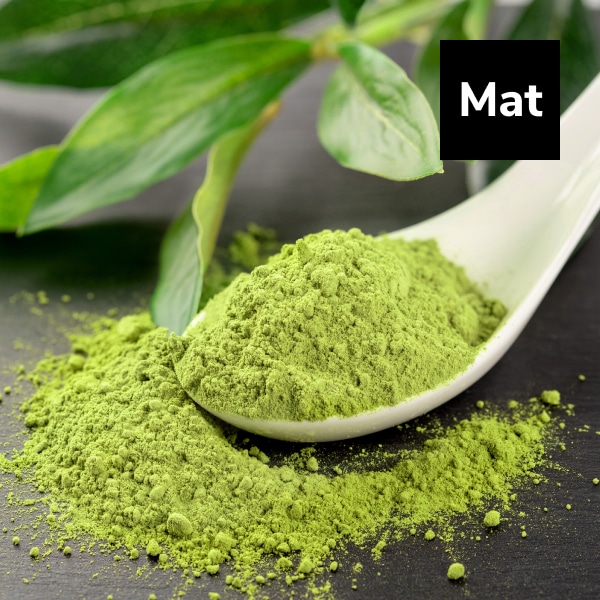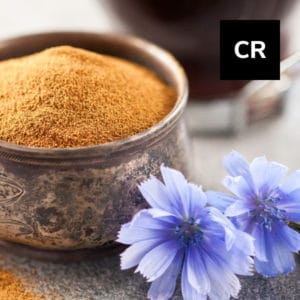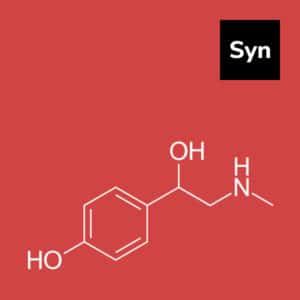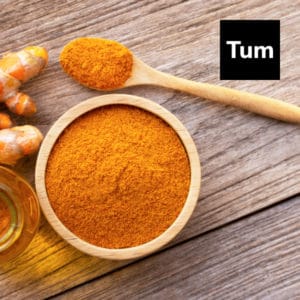Overview
Matcha is a unique green tea powdered to a ceremonial Japanese tea. Research has indicated that epigallocatechin gallate (EGCG), catechins with a strong health benefit, contains at least three times the amount of other green tea.
Key Benefits
- Provides antioxidants
- Helps flush out toxins
- Helps support liver health
- Boosts mental performance
- Protects against cognitive decline
- Enhances weight loss
- Provides anti-inflammatory response
- Promotes general health and well-being
- Supports cardiovascular health
- Helps support healthy blood pressure
- Promotes healthy blood lipids
- Provides a calming effect
History of Usage
Matcha has been a revered health elixir for more than a thousand years, dating back to the Tang Dynasty in China, (7th-10th centuries). The tea leaves were steamed and formed into bricks, which made transportation and trade easier. The bricks were roasted, and the leaves pulverized into a powder mixed with salt and water.
In the Song Dynasty (10th – 13th centuries), this kind of tea preparation became more widespread. The tea seedlings and particular procedures for producing powdered tea in Japan were taken to a Japanese Buddhist monk named Eisai. He cultivated seeds in Kyoto on the temple terrain, and his tea was considered a sign of luxury.
The famous Japanese tea ceremony was held in the 1500s by the student Murata Juko from Zen. This involved cultivation, ritual, and drinking of matcha. Later, Zen Master Sen-no-Rikyu popularized Juko’s tea ceremony ritual, which is revered today for its historical significance.
Today, matcha tea is revered throughout the world for its significant health benefits and is sold in powder and liquid forms. It is also included as an ingredient in nutritional supplements and beauty products.
Biochemistry
Matcha’s bioactive constituents include theanine, caffeine, chlorophyll, and various types of catechins. Green tea includes four major catechins: (-)-epicatechin (EC), (-)-epicatechin-3-gallate (ECG), (-)-epigallocatechin (EGC), and (-)-epigallocatechin-3-gallate (EGCG), the latter being the most active and abundant, with matcha being the best-condensed source. Matcha also contains vitamin K and lutein.
Matcha is regarded as the greatest quality tea due to its distinct chemical makeup and treasured flavor, which distinguishes it from other tea beverages. Its health-promoting qualities are linked to its high presence of antioxidant and anti-inflammatory compounds. According to studies, the strong antioxidant capacity of tea beverages stems from the high presence of catechins, a type of phenolic molecule with favorable effects on human health. Regular consumption of matcha may have a good effect on both physical and mental health due to its potential for avoiding various ailments and supporting cognitive function.
On the oxygen radical absorbance capacity (ORAC) scale, matcha is higher than all other antioxidant-rich foods, including blueberries, pomegranates, and dark chocolate.
Recent Trends
The world tea matcha market in 2019 was worth $2,454.3 million. It is anticipated that by 2027, it would reach $4,480.5 million, with a CAGR increase of 7.1%.
Growing health consciousness, combined with consumer awareness of the product’s health benefits, is likely to drive the market throughout the projection period.
Although matcha has traditionally been popular among middle-aged consumers, it is increasingly popular among young ladies.
Matcha is a popular beverage that can be found in coffee shops as matcha shots, lattes, teas, and baked products and candies. It is marketed as a superfood and is found in skin and hair care products as well as nutritional supplements.
Unsweetened matcha tea is expected to be more popular than sweetened and flavored varieties because the former can be produced with desired modification. Diabetic clients can also enjoy unsweetened matcha tea. Unsweetened matcha tea is predicted to expand the fastest, followed by flavored varieties. Chocolate, coconut, and ginger are some of the most popular flavored matcha teas.
The United States, Canada, Germany, the United Kingdom, France, and Australia have been designated as the world’s top consumers. Because of their distinct taste and flavor, beverages and food items made with the substance have garnered widespread market popularity in industrialized countries. The rising frequency of chronic diseases like obesity, diabetes, and cancer has fueled demand among health-conscious consumers in the United States.
Precautions
- Pregnant and breastfeeding women should avoid using matcha.
- Since caffeine interacts with many drugs, individuals who take a pharmaceutical drug should consult with a healthcare practitioner before consuming matcha.
- May cause stomach upset, diarrhea, headache, insomnia, irritability, heartburn, or constipation in some people when consumed in excess due to its caffeine content.
References
- Weiss DJ, Anderton CR. Determination of catechins in matcha green tea by micellar electrokinetic chromatography. J Chromatogr A. 2003 Sep 5;1011(1-2):173-80. doi: 10.1016/s0021-9673(03)01133-6. PMID: 14518774.
- Kochman J, Jakubczyk K, Antoniewicz J, Mruk H, Janda K. Health Benefits and Chemical Composition of Matcha Green Tea: A Review. Molecules. 2020 Dec 27;26(1):85. doi: 10.3390/molecules26010085. PMID: 33375458; PMCID: PMC7796401.
- Sakurai K, Shen C, Ezaki Y, Inamura N, Fukushima Y, Masuoka N, Hisatsune T. Effects of Matcha Green Tea Powder on Cognitive Functions of Community-Dwelling Elderly Individuals. Nutrients. 2020 Nov 26;12(12):3639. doi: 10.3390/nu12123639. PMID: 33256220; PMCID: PMC7760932.
- Willems MET, Şahin MA, Cook MD. Matcha Green Tea Drinks Enhance Fat Oxidation During Brisk Walking in Females. Int J Sport Nutr Exerc Metab. 2018 Sep 1;28(5):536-541. doi: 10.1123/ijsnem.2017-0237. Epub 2018 Jun 19. PMID: 29345213.
- Willems MET, Fry HL, Belding MA, Kaviani M. Three Weeks Daily Intake of Matcha Green Tea Powder Affects Substrate Oxidation during Moderate-Intensity Exercise in Females. J Diet Suppl. 2020 Sep 2:1-11. doi: 10.1080/19390211.2020.1811443. Epub ahead of print. PMID: 32875933.
- Bogdanski P, Suliburska J, Szulinska M, Stepien M, Pupek-Musialik D, Jablecka A. Green tea extract reduces blood pressure, inflammatory biomarkers, and oxidative stress and improves parameters associated with insulin resistance in obese, hypertensive patients. Nutr Res. 2012 Jun;32(6):421-7. doi: 10.1016/j.nutres.2012.05.007. Epub 2012 Jun 20. PMID: 22749178.




